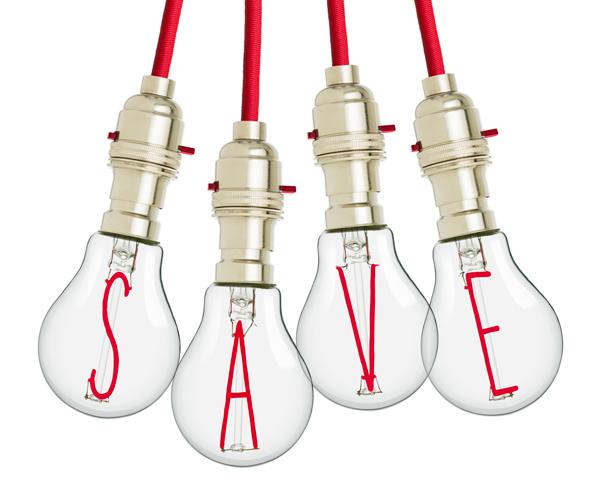By Simon Wilkinson
Plastics manufacturing uses a lot of energy. The cost of electricity and gas are around 5% of a typical manufacturer’s overhead. In New Zealand, the plastics sector uses approximately 1.7 petajoules of electricity a year. That’s about the same amount of energy Hamilton city uses.
Plastics New Zealand, the industry association, has just launched a new three-year programme in collaboration with the Energy Efficiency and Conservation Authority (EECA). This programme is aimed at helping companies reduce their power use and save some of this cost.
In plastics manufacture electricity or gas is used to create heat. This melts the polymers and allows them to be made into products. As well as the heat, vital services like compressed air, cooling water and good lighting are needed. For some parts of the industry, like food packaging and medical products, air handling is also a major component of energy use.
The good news is that energy use is not a fixed overhead and there are many opportunities to reduce it. Sites are typically able to reduce energy use by 10-20%.
Energy consumption is a variable overhead. Any reductions in energy use will be delivered straight to the bottom line. Cost reduction strategies are often the most effective way to deliver improved profitability. Sometimes this is more effective than increasing your sales. Looked at another way - if the profit margin of your business is 10%, then every $10,000 saved through better energy management is the equivalent of $100,000 in additional product sales.
Plastics New Zealand will be delivering a programme for its members with the following tools on offer to help them achieve savings:
Training
An energy expert will visit manufacturing sites and run a full-day energy training course for key staff. This involves half a day in the classroom, then half a day on their factory floor applying the theory.
Audits
An independent expert will visit participating companies to conduct energy audits. This is a good way to check energy performance and to find cost saving opportunities. Companies will receive detailed information on their energy usage and where they can save money. A detailed energy action plan will be created for them. This will detail savings that can be made, costs to implement, and how to implement changes. On average, audits find 10-20% savings on annual energy use, usually with at least half these savings having a payback of less than 12 months.
Site design
The best time to review energy use is when a plant or process is being designed. An energy expert will work with companies when they are designing a new plant, or process, to help ensure it is designed with efficiency in mind.
Energy monitoring
Putting monitoring systems into a factory is a great way to make sure energy is being used efficiently. Cloud-based monitoring systems will be installed at companies. This allows remote energy monitoring for different areas of their plant. Having the different parts of an operation metered means they can look for areas with abnormal usage, or energy wastage during non-production hours. Even worn parts on process machinery can be picked up when closely monitoring energy in this way. Modern, wireless technology makes these energy monitoring systems more cost effective than they have been in the past.
The plastics industry is also linking with university engineering students. These students will help companies to analyse the monitoring data and find energy saving opportunities.
Best practice information
The plastics industry will also be sharing best practice information through a series of case studies and technical webinars. This is part of making energy efficiency part of every-day activity across the industry.
The Plastics New Zealand industry energy efficiency programme launched in July 2016. It will run until 2019 and has ambitious energy saving targets for the sector. Plastics manufacturers are encouraged to get in contact to find out more: www.plastics.org.nz
Simon Wilkinson is an environmental consultant working with many different industries on improving their environmental performance. Simon has managed environmental projects for the plastics industry through Plastics New Zealand since 2006.



